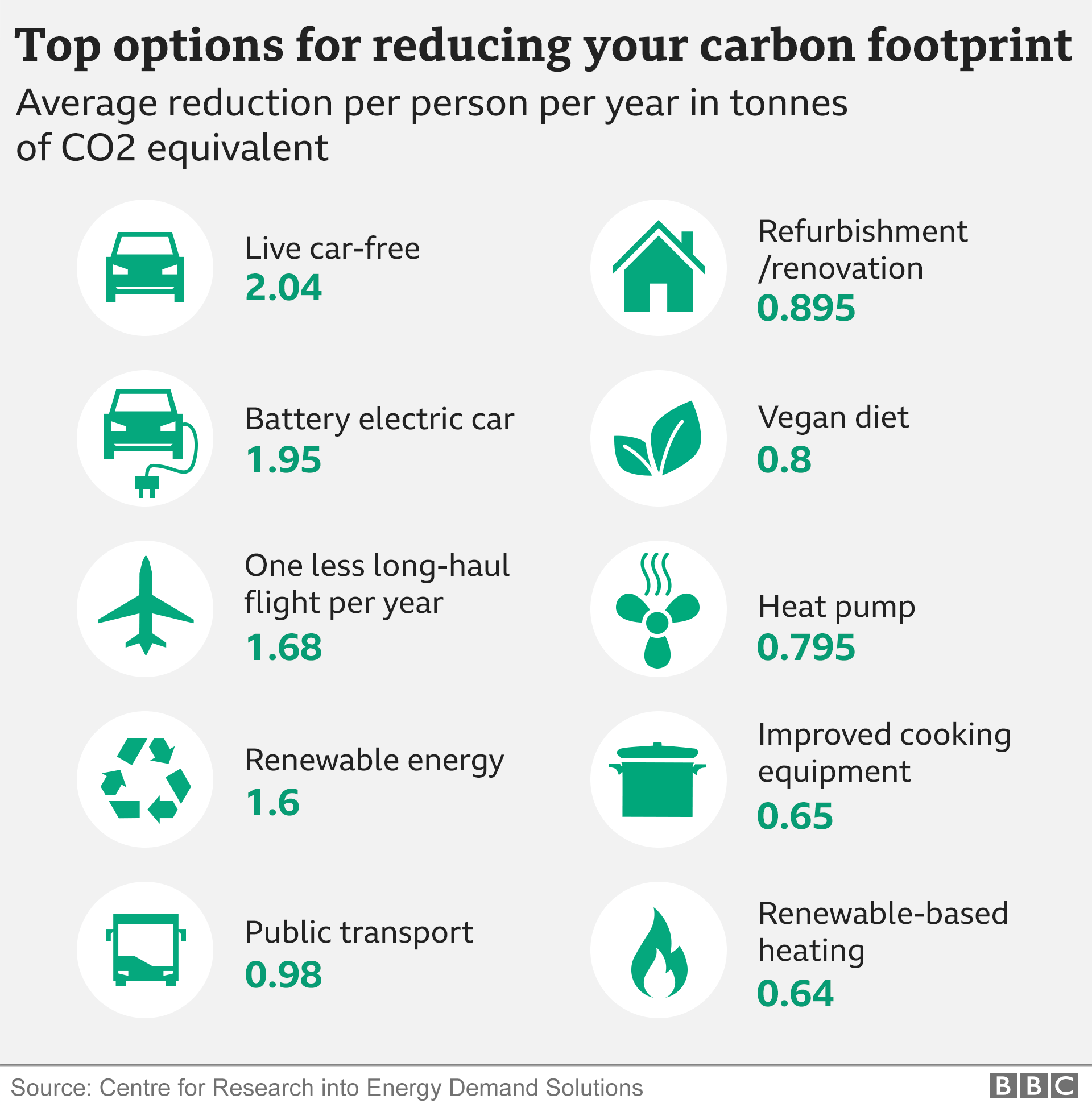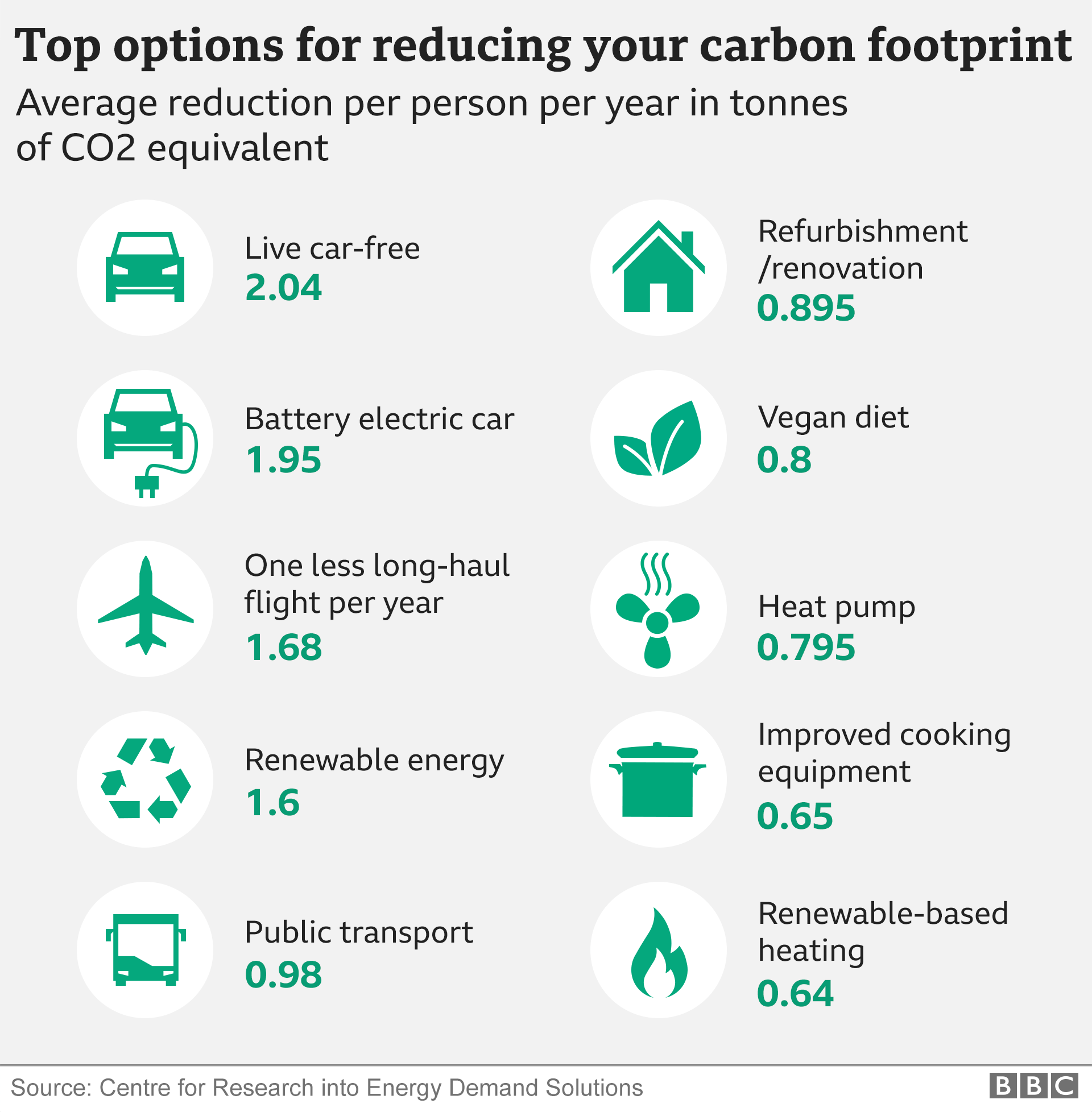
Carbon Footprint Explained: Your Comprehensive Guide to Calculation and Reduction
Ever wondered about your personal impact on the planet? In a world increasingly concerned with climate change, understanding your "carbon footprint" is a crucial first step toward making a difference. It might sound complex, but at its heart, it’s about the invisible trail of greenhouse gases we leave behind through our daily activities.
This comprehensive guide will demystify the carbon footprint, show you how to calculate yours, and empower you with practical, actionable strategies to reduce it. Whether you’re a complete beginner or looking for fresh ideas, you’re in the right place!
What Exactly is a Carbon Footprint?
Imagine your daily life – the lights you turn on, the food you eat, the way you travel, even the clothes you wear. All these activities require energy, and most of that energy currently comes from burning fossil fuels (like coal, oil, and natural gas). When these fuels burn, they release gases into the atmosphere, primarily carbon dioxide (CO2), but also methane (CH4), nitrous oxide (N2O), and others. These are known as greenhouse gases (GHGs).
Your carbon footprint is the total amount of greenhouse gases (measured in equivalent tons of carbon dioxide, or CO2e) that are generated by your actions over a given period, typically a year. It’s a way to measure your contribution to climate change.
Why does it matter?
These greenhouse gases act like a blanket around the Earth, trapping heat and causing the planet’s temperature to rise. This leads to what we know as global warming and climate change, resulting in more extreme weather events, rising sea levels, disruptions to ecosystems, and threats to human health and livelihoods. Understanding your footprint helps you see where you can make the biggest impact.
The Main Components of Your Carbon Footprint
Your carbon footprint isn’t just about your car. It’s a sum of emissions from various aspects of your life. Let’s break down the major contributors:
-
Home Energy Use:
- Electricity: The power consumed by your lights, appliances, electronics, and air conditioning. The source of your electricity (e.g., coal-fired power plant vs. solar farm) heavily influences this.
- Heating & Cooling: The energy used to keep your home warm in winter and cool in summer (natural gas, oil, propane, or electricity).
- Water Heating: The energy used to heat water for showers, washing dishes, and laundry.
-
Transportation:
- Personal Vehicles: Emissions from the fuel you burn in your car, motorcycle, or truck. Factors include mileage, fuel efficiency, and type of fuel.
- Public Transportation: Emissions from buses, trains, subways, and trams (though typically lower per person than individual cars).
- Air Travel: Flights are particularly carbon-intensive due to the high altitude at which emissions are released and the sheer amount of fuel consumed over long distances.
- Other Travel: Taxis, ride-sharing, etc.
-
Food Consumption:
- Dietary Choices: The production of different foods has vastly different carbon footprints. Meat (especially beef and lamb) generally has a much higher footprint than plant-based foods due to land use, methane emissions from livestock, and fertilizer use.
- Food Miles: The distance food travels from farm to plate.
- Packaging: Energy and resources used to produce and dispose of food packaging.
- Food Waste: When food is thrown away, it often decomposes in landfills, producing methane.
-
Purchases & Waste:
- Goods & Services: Nearly everything we buy – from clothes and electronics to furniture and cleaning supplies – has a "hidden" carbon footprint associated with its manufacturing, transportation, and disposal.
- Waste Management: Emissions from landfills (methane from decomposing organic matter) and incinerators.
- Water Usage: The energy required to pump, treat, and deliver water to your home.
How to Calculate Your Carbon Footprint
Calculating your exact carbon footprint can be complex, as it involves many variables. However, there are excellent tools available that provide a very good estimate and help you understand your biggest impact areas.
Why Calculate?
- Awareness: It provides a tangible number that helps you grasp your environmental impact.
- Target Setting: You can set goals for reduction once you know your baseline.
- Prioritization: It highlights which areas of your life contribute most to your emissions, so you know where to focus your reduction efforts.
Methods for Calculation:
-
Online Carbon Footprint Calculators (Recommended for Beginners):
These are the easiest and most accessible tools. Many environmental organizations, government agencies, and non-profits offer free online calculators. They typically ask you a series of questions and then provide an estimated footprint.-
What kind of questions do they ask?
- Home: Type of home (apartment, house), size, number of occupants, average monthly electricity bill, natural gas bill, heating oil usage, type of heating/cooling system.
- Transportation: Car make/model, annual mileage, fuel efficiency (MPG or L/100km), frequency of public transport use, number of flights taken (short, medium, long haul).
- Food: Dietary preferences (vegetarian, vegan, omnivore), frequency of eating out, amount of food waste.
- Waste & Shopping: Recycling habits, general consumption patterns.
-
Where to find them? Search for "personal carbon footprint calculator" on Google. Look for reputable sources like WWF, EPA (Environmental Protection Agency in the US), national government environmental agencies, or well-known environmental charities.
-
-
Manual Estimation (More Advanced):
For a more detailed or customized calculation, you can manually estimate using emission factors. This involves:- Collecting data on your energy usage (kWh of electricity, therms of gas, gallons of gasoline, etc.).
- Multiplying that usage by specific emission factors (e.g., how many pounds of CO2 are released per kWh of electricity in your region).
- This method is more labor-intensive and requires finding accurate emission factors, but it can provide a very precise number.
Tips for Calculation:
- Be Honest: Provide accurate information to get the most realistic estimate.
- Gather Data: Have your utility bills (electricity, gas), car mileage, and travel history handy.
- Don’t Get Discouraged: Your first number might seem high. The goal isn’t perfection, but progress!
Reducing Your Carbon Footprint: Actionable Strategies
Now for the empowering part! Once you know your footprint, you can start taking steps to shrink it. Remember, every small change adds up to a significant collective impact.
1. At Home: Energy Efficiency & Renewable Power
Your home is often one of the biggest contributors to your carbon footprint.
- Switch to LED Lighting: LEDs use significantly less energy than incandescent bulbs and last much longer.
- Unplug "Vampire" Electronics: Many electronics (chargers, TVs, computers) draw power even when turned off or in standby mode. Use power strips with on/off switches.
- Optimize Heating & Cooling:
- Set your thermostat a few degrees lower in winter and higher in summer.
- Install a programmable or smart thermostat.
- Seal drafts around windows and doors with weatherstripping or caulk.
- Ensure your home is well-insulated (walls, attic, windows).
- Efficient Appliances: When replacing appliances, choose energy-efficient models (look for Energy Star ratings).
- Wash Laundry Cold & Air Dry: Most energy in laundry is used to heat water. Air drying further reduces energy use.
- Consider Renewable Energy:
- If available, switch to a green energy provider that sources electricity from renewables (solar, wind).
- Explore installing solar panels on your roof if feasible.
- Join a community solar project.
2. On the Go: Sustainable Transportation
How you travel significantly impacts your footprint.
- Walk or Bike: For short distances, walking or cycling is zero-emission and great for your health.
- Use Public Transportation: Buses, trains, and subways are generally more energy-efficient per passenger mile than individual cars.
- Carpool or Ride-Share: Share rides to reduce the number of cars on the road.
- Drive Smarter:
- Maintain your vehicle (proper tire inflation, regular tune-ups).
- Avoid aggressive driving (rapid acceleration and braking).
- Consider an electric vehicle (EV) or hybrid when purchasing your next car.
- Reduce Air Travel: Flights have a very high footprint.
- Consider alternative travel methods (trains, buses) for shorter distances.
- Explore virtual meetings instead of in-person travel for work.
- When flying, choose direct flights (takeoffs and landings use the most fuel).
3. On Your Plate: Mindful Food Choices
Your diet plays a surprisingly large role in your environmental impact.
- Eat More Plant-Based Meals: Reducing your consumption of meat, especially beef and lamb, is one of the most impactful dietary changes you can make. Explore delicious vegetarian and vegan recipes.
- Choose Local & Seasonal Produce: Support local farmers and reduce "food miles" by buying produce that is in season and grown nearby.
- Reduce Food Waste:
- Plan meals to avoid over-buying.
- Store food properly to extend its shelf life.
- Compost food scraps instead of sending them to landfill.
- Donate edible leftovers.
- Buy Sustainably Sourced: Look for certifications that indicate sustainable farming practices, responsible fishing, or fair trade.
- Reduce Packaged Foods: Opt for items with minimal packaging or buy in bulk.
4. In Your Lifestyle: Smart Shopping & Waste Management
Every product has an environmental story, from its creation to its disposal.
- Reduce, Reuse, Recycle (in that order!):
- Reduce: Buy less! Do you really need it? Prioritize experiences over possessions.
- Reuse: Opt for reusable bags, water bottles, coffee cups. Repair items instead of replacing them. Buy secondhand (clothes, furniture, electronics).
- Recycle: Understand what is recyclable in your area and recycle correctly.
- Choose Durable Products: Invest in high-quality items that will last longer, reducing the need for frequent replacements.
- Support Ethical & Sustainable Brands: Research companies that prioritize environmental responsibility, fair labor practices, and sustainable materials.
- Minimize Water Use: Take shorter showers, fix leaks, and run dishwashers/washing machines only when full.
5. Consider Carbon Offsetting (with caution!)
Carbon offsetting involves investing in projects that reduce or remove greenhouse gases from the atmosphere (e.g., planting trees, renewable energy projects).
- Use it as a last resort: Offsetting should never replace actual reduction efforts. Think of it as a way to address emissions you absolutely cannot avoid (like a necessary long-haul flight).
- Choose reputable programs: Look for certified programs that ensure real, verifiable, and additional emission reductions.
Beyond Individual Actions: Collective Impact
While individual actions are crucial, remember that systemic change is also vital.
- Advocate: Speak up for policies that support renewable energy, sustainable agriculture, and public transportation.
- Support Businesses: Choose companies that are committed to sustainability.
- Educate Others: Share your knowledge and encourage friends and family to join the effort.
Conclusion: Your Journey to a Smaller Footprint
Understanding and reducing your carbon footprint is a powerful way to contribute to a healthier planet. It’s not about being perfect, but about making conscious choices and continuous improvement.
Start small, focus on the areas where you can make the biggest difference, and gradually incorporate more sustainable habits into your life. Every step you take, no matter how small, contributes to a cleaner, greener future for everyone. Begin your journey today – the planet will thank you!



Post Comment